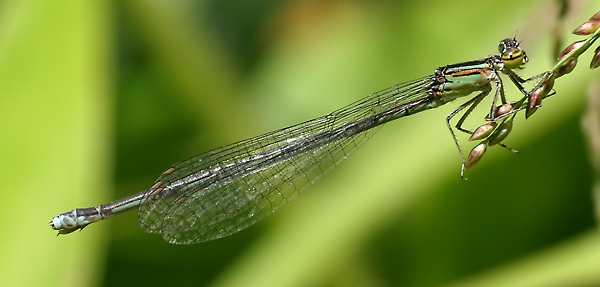Facts
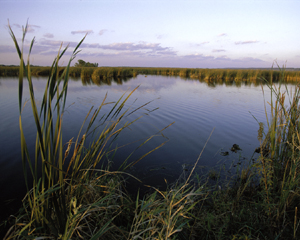 In Greek mythology, Naiads are nymphs who live around fresh
water like rivers, streams, fountains, ponds, marshes, and
lakes. Each type of fresh water has its own Naiad; for
example,
Limnades
is the lake Naiad, and Pegaeae is the springs Naiad. The
Naiad's existence depended on the body of water because she was
intimately connected to it. Ancient Greeks often worshiped
the Naiads because they symbolized fertility and growth because
the waters where they lived were thought to have inspirational,
medicinal, and prophetic powers.
In Greek mythology, Naiads are nymphs who live around fresh
water like rivers, streams, fountains, ponds, marshes, and
lakes. Each type of fresh water has its own Naiad; for
example,
Limnades
is the lake Naiad, and Pegaeae is the springs Naiad. The
Naiad's existence depended on the body of water because she was
intimately connected to it. Ancient Greeks often worshiped
the Naiads because they symbolized fertility and growth because
the waters where they lived were thought to have inspirational,
medicinal, and prophetic powers.
Although Naiads in Greek mythology are women, they are similar
to the damselfly naiads. Can you spot the similarities?
Fish love to eat naiads and damselfly
adults, so fishermen use lures that look and move like
naiads in the water to catch fish. There are also
lures that fly like adult damselflies!
Damselfly ancestors date back to Carboniferous times; this
means that these ancestors lived more that 300 million years
ago! This is over 100 millions years older than
dinosaurs and 150 million years older than birds!
A cult in Scandinavia worships damselflies because they
believe damselflies are love goddesses.
People in Indonesia, Africa, and South America fry and eat
damselflies in soups.
In China and Japan, people believe damselflies are holy
creatures with medicinal properties. People there use
the species Sympetrum frequens to reduce fevers.
Damselflies are widely used in superstitions, and as a
result, there are over 150 common names for odonata in
Germany, including "water witch" and "goddess' horse."
Once dropped in a container, a damselfly naiad can remove up
to 90% of the mosquito larvae in the container.
The following fun facts are from the O. Orkin Insect Zoo at Mississippi State University.
 Prehistoric
odonata had wingspans up to 30 inches (72cm) and were almost
18 inches (46cm) long!
Prehistoric
odonata had wingspans up to 30 inches (72cm) and were almost
18 inches (46cm) long!
The Desert Museum in Tucson, Arizona has several
prehistoric odonata models hanging in the dining area.
Damselflies' two pairs of wings move independently, allowing
them to fly backwards or forwards, hover, and do tricks.
It takes less than three one-hundredths of a second for a
naiad to shoot out its labium to catch prey.
Megaloprepus coerulatus is the largest damselfly with
a wingspan up to 7 inches (18cm). You can find this
species in Central and South America.
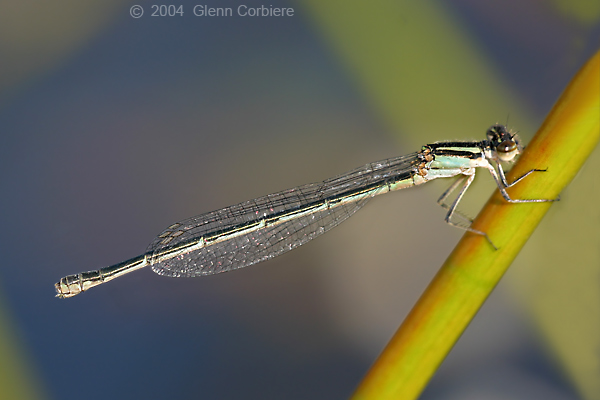
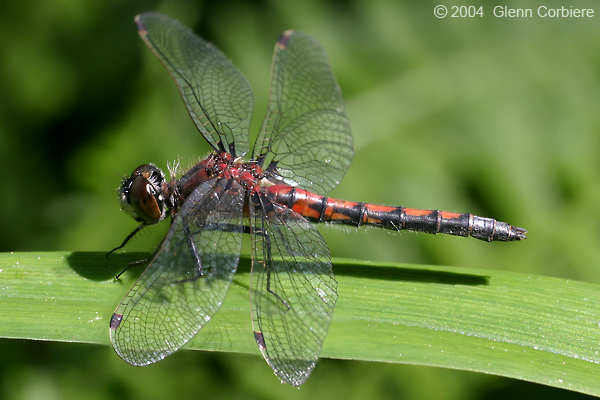
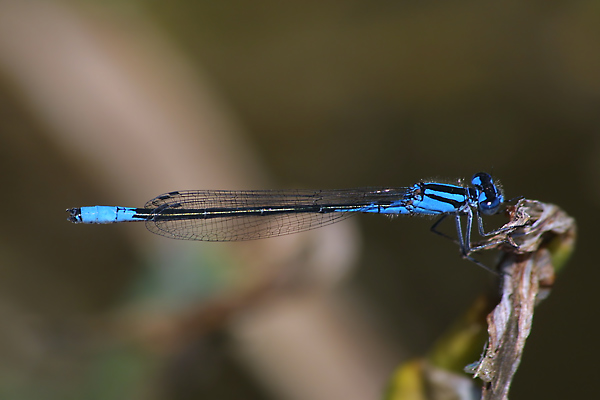
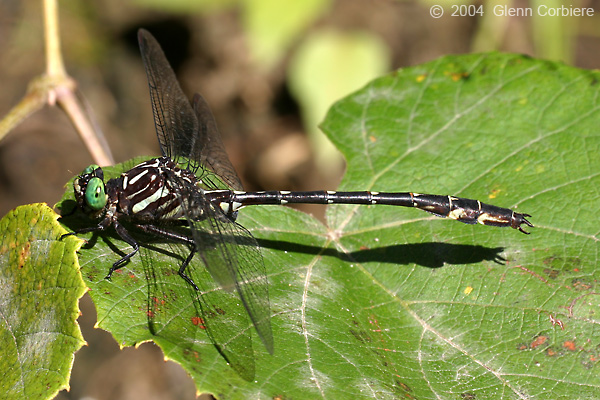
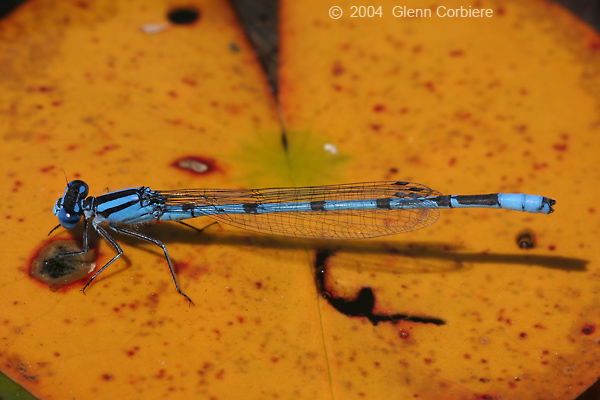
Ready for a little relaxation after learning so much?
Print some coloring pages of
damselflies while you let the information sink in.
